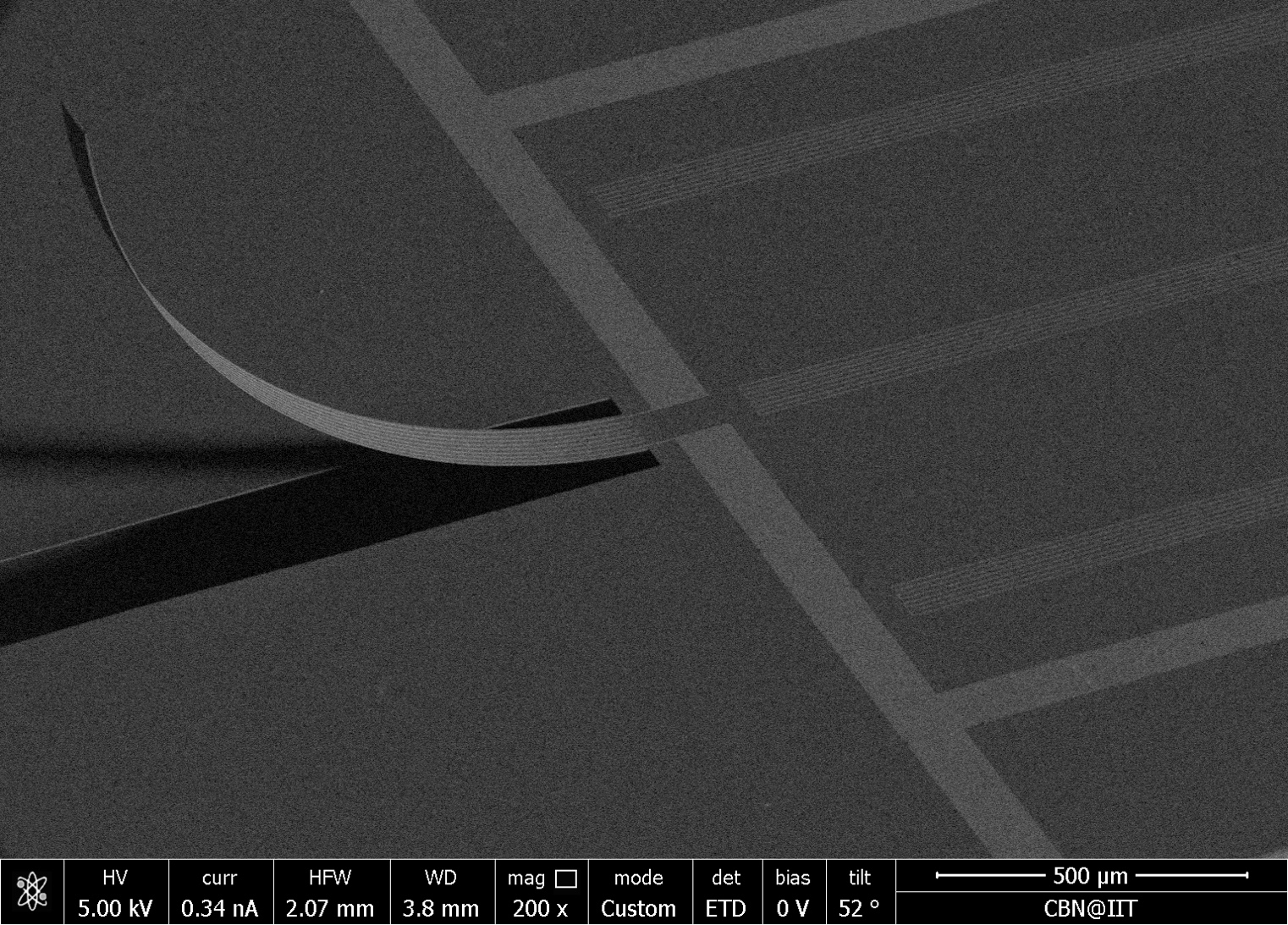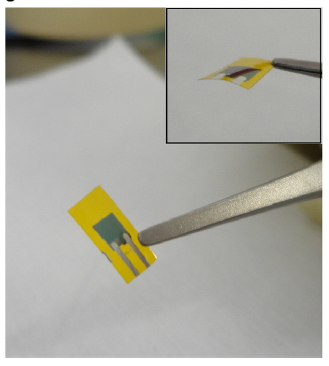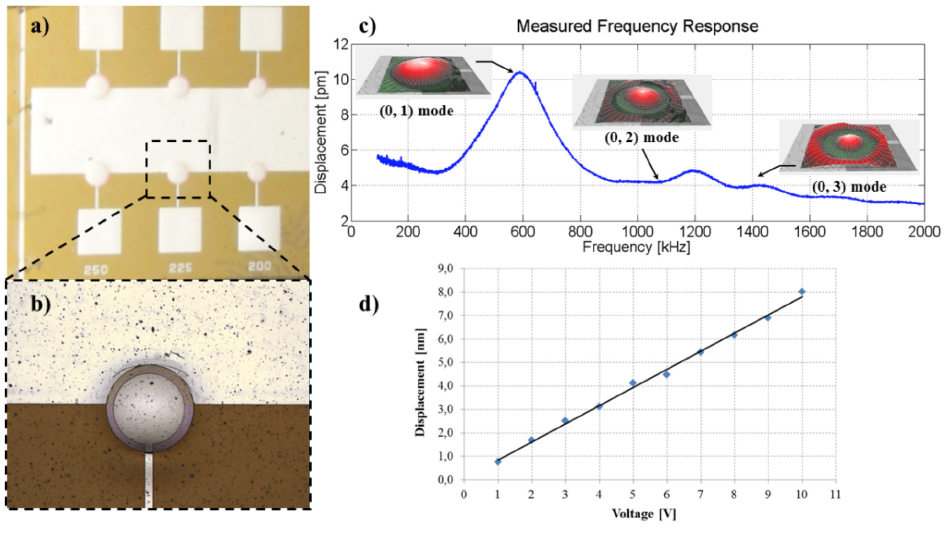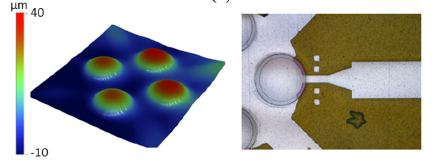A flow sensing system based on an artificial hair cells has been developed and a data analysis algorithm has been set up. Our flexible artificial hair cells take advantage of the material stress difference among constituent nitride-based layers and piezoresistive properties of strain gauges.
We designed and developed multi-parameter freestream flow measurements which provide information about:
- local flow velocities as measured by the signal amplitudes from the individual cantilevers
- propagation velocity
- linear forward/backward direction along the cantilever beam orientation
- periodicity of pulses or pulse trains determined by cross-correlating sensor signals.
A real-time capable cross-correlation procedure was developed which makes it possible to extract freestream flow direction and velocity information from flow fluctuations.
Our aim is to apply our single sensors and/or artificial lateral line as a method for flow sensing -based control of drones, underwater autonomous vehicles and automotive. All applications are based on the observation that flow sensing could be considered a sort of “distant touch hydrodynamic imaging” capability, replacing vision in case of harsh environments where the eye sense is strongly limited, due to high velocities or dark surroundings. This system can potentially improve sonar and vision systems, equipping manned vehicles and autonomous vehicles such as self-driving cars.



